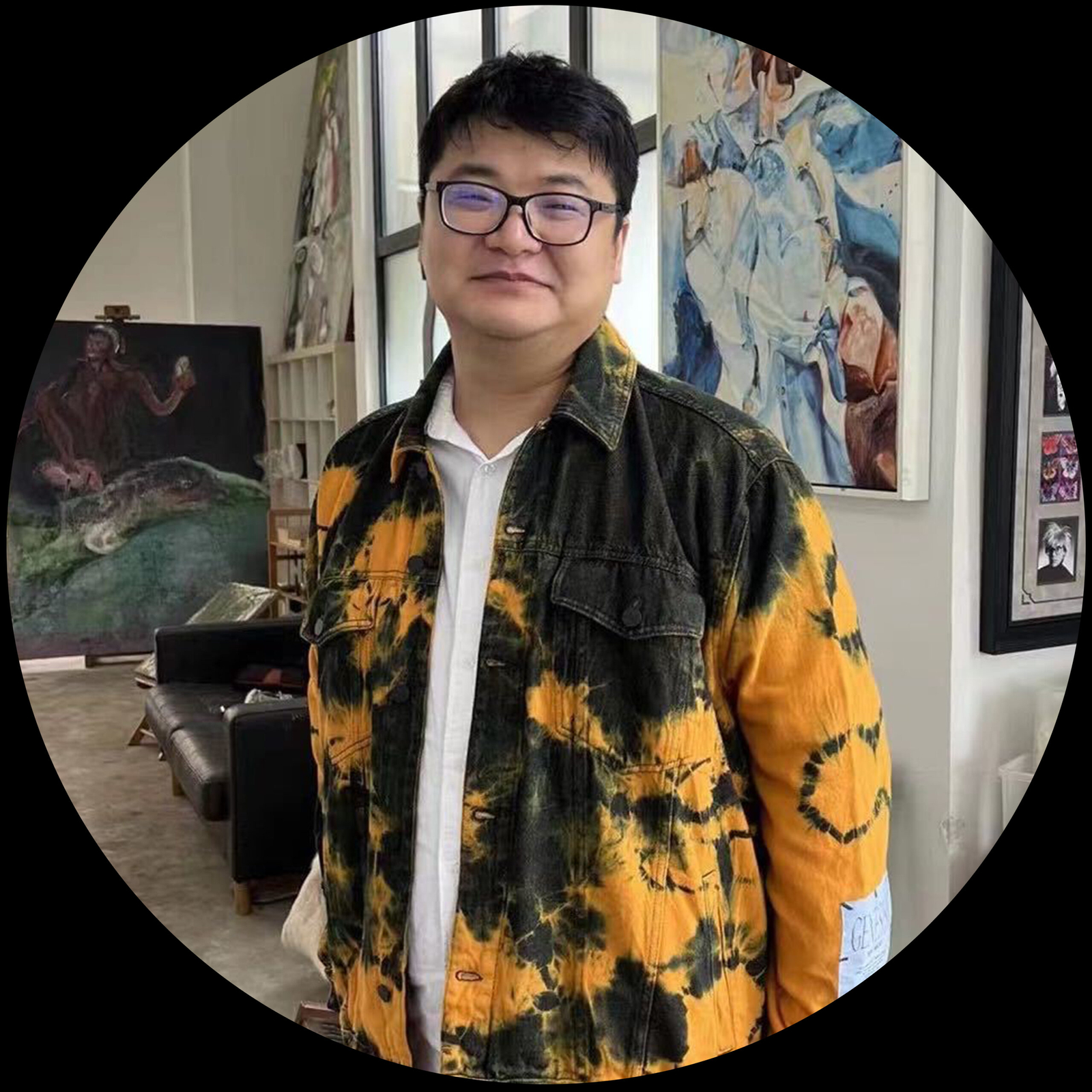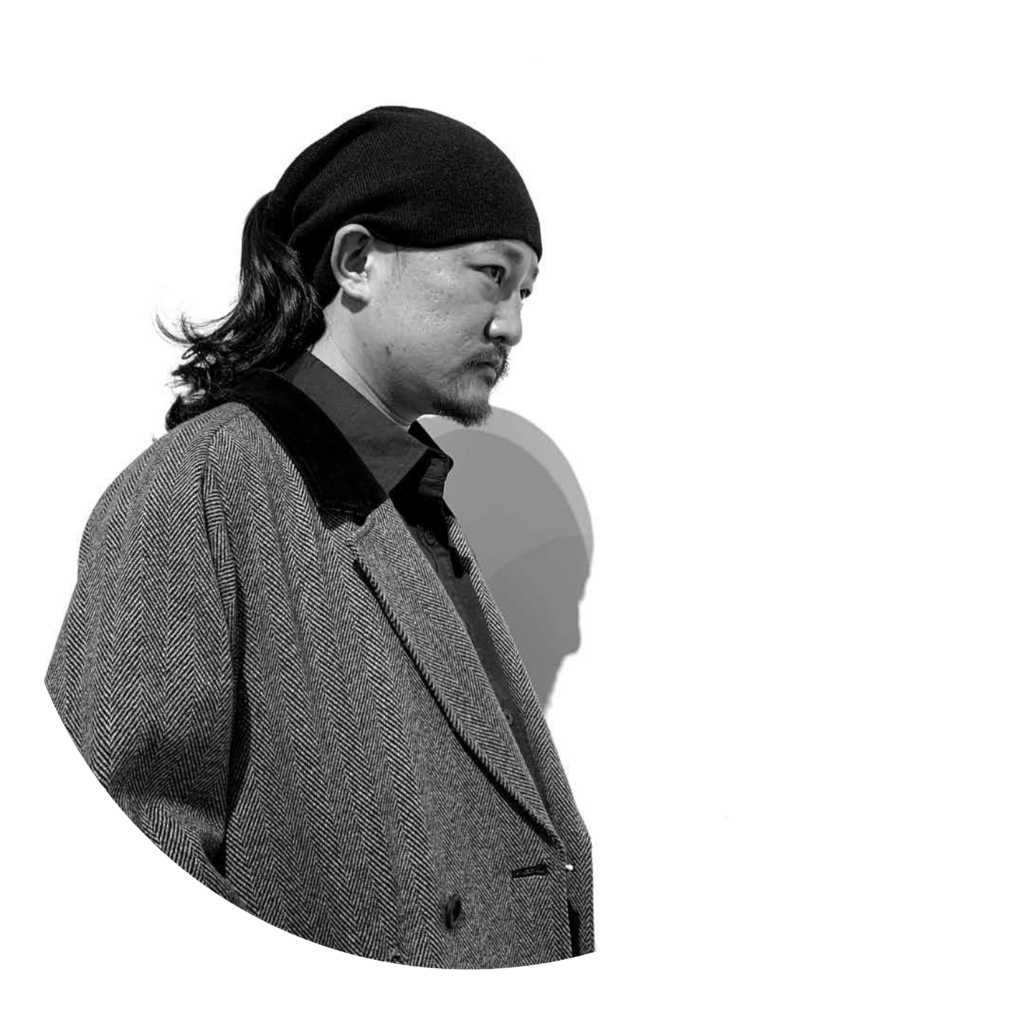
李国华 Li Guohua
批评家,策展人 Critic, Curator
文/李国华 2021.10
“活成一根刺” ——王彦鑫的艺术观察
艺术和人类身体之间隐秘、纠缠的关系始终贯穿着艺术史的发展。外部如何观看作为肉身的“你”,而“你”又如何看待自己以及他人的肉身——这些涉及身份、感受、荷尔蒙的维度,对艺术家的思想、情感和创作作品的表现手法,都产生了重大影响。并且,当下这个超级复杂的时代,各种力量和事件的交叉砥砺,也包括科技的日新月异,无疑都在不断重塑我们的肉身。以至于有艺术家高喊到:“你的身体就是一个战场”(芭芭拉·克鲁格)!
王彦鑫就是一位将自己的身体作为艺术战场的艺术家。从他的所有作品中,我们都能感受到,他是一位不断在用身体体验、探索世界的艺术家。当然,触觉、肉欲这些生物的本能,并不是他想展现的最终目标。他更多是将自己的身体作为一种工具,即通过身体及生理机能去操控和标记外部物体,并以此从枯燥的日常生活或者不断重复的行为中,获得对未知世界的探寻以及掌握和发现一些偶然性的文化现象和契机。所以,我们经常也在他创作作品的过程中看到他的一些比较激进或者比较极致的行为以及表演。这并不表明艺术家在日常生活中,是一个偏激或者出现了某种精神问题倾向的人,而是因为,通过这样的立场,王彦鑫让自己的身体不仅仅成为了一个场所,还是一个重要的信息载体与来源。通过这个载体,他不断将自己在这个时代看到的、感受到的或者遭遇到的信息与事件,通过理解和呈现方式去展现给他人——无论是快乐、痛苦、压抑还是知识!
与生活接近或者干脆融入到生活之中,是王彦鑫作品的另一个特征。杜尚以来,艺术的生活化早已不再是一个问题,艺术和生活之间的界限也变得越来越为模糊。当然,这并不表明,王彦鑫的艺术是大众化的,恰恰相反,他的这些生活化了场景的作品恰恰都是在反抗或者抵御日常化的庸众社会,并以此提醒人们需要保持反思和独立:
“身体需要叛变,让身体颤栗,重新思考可控和不可控下的身体。让身体介入公共空间与现实与自然发生关系,重新构架身体与空间的关系。让身体通过互动与观众发生关系,重新感知人与人之间的细微变化,书写自己的身体语言与创作脉络。”
这是王彦鑫在自述中对身体的解读,他明确地提出身体需要“叛变”、“颤栗”,因为这在他看来才是让我们的文化或者生命走得更久或更有意义的重要途径。即便是全球化、工业化导致的批量复制、庸俗主义,在今天变得如此强大,但作为艺术家或者清醒的个体,仍然有责任去发现各种身份间的差异。也因此,在他人眼中,艺术家让自己“活成了一根刺”。不过,无论如何,这让他的作品以及他的思考保持了独立性。并且,中国当代艺术取得今天的成绩,不就是边缘艺术家们不断开拓边界的结果嘛!
2021.09 李国华/上海
"Living Like a Thorn" — An Art Observation of Wang Yanxin
The subtle and entangled relationship between art and the human body has always been a central theme in the development of art history. How the external world observes you as a physical body, and how you, in turn, perceive your own body and the bodies of others—these dimensions, involving identity, sensation, and hormones—have profoundly influenced the thoughts, emotions, and methods of expression in an artist’s work. In today’s incredibly complex era, where various forces and events intersect, including the rapid advancement of technology, there is no doubt that these forces are continuously reshaping our physical bodies. This has even led some artists to declare: “Your body is a battlefield” (Barbara Kruger)!
Wang Yanxin is an artist who regards his own body as the battlefield for his art. From all his works, it is evident that he is an artist who constantly experiences and explores the world through his body. Of course, tactile sensation and physical desire are not the ultimate goals he wishes to display. Rather, he uses his body as a tool—manipulating and marking external objects through physical actions and physiological functions. Through this process, he seeks to transcend the monotony of daily life or repetitive actions, delving into the unknown world and discovering some of the accidental cultural phenomena and opportunities it offers. Therefore, we often witness some radical or extreme behaviors and performances in his work creation. This does not suggest that the artist is an extreme or mentally unstable person in his daily life, but rather that, through this stance, Wang Yanxin allows his body to become not only a space but also a crucial carrier and source of information. Through this medium, he continuously presents to others the information and events he encounters, feels, or witnesses in this era—whether it be joy, pain, repression, or knowledge.
Another key characteristic of Wang Yanxin’s work is its closeness to or even integration with life. Since Duchamp, the integration of art with life has long ceased to be a question, and the boundary between art and life has become increasingly blurred. Of course, this does not mean that Wang Yanxin’s art is popular or mainstream; on the contrary, his life-infused works often resist or challenge the banal, everyday society, using them as a reminder for people to maintain reflection and independence.
As Wang Yanxin expresses in his own words:
“Bodies need to rebel. Let the body tremble, rethink the body under control and uncontrollable conditions. Let the body intervene in public spaces and establish relationships with reality and nature, reshaping the relationship between the body and space. Let the body establish a relationship with the audience through interaction, re-sensing the subtle changes between people, and writing its own bodily language and creative narrative.”
This is Wang Yanxin’s interpretation of the body. He explicitly states that the body must “rebel” and “tremble” because, for him, this is the vital path for culture and life to endure or become more meaningful. Even though globalization and industrialization have led to mass replication and vulgarity, becoming so dominant in today’s world, as artists or awake individuals, there remains the responsibility to uncover the differences between various identities. As a result, in the eyes of others, the artist has made himself “live like a thorn.” However, no matter how one views it, this approach has preserved the independence of his work and thinking. And in truth, isn’t the success of contemporary Chinese art today the result of the continuous boundary-pushing efforts of these marginal artists?
2021.10 By Li Guohua
// 最近新作Recent Post
// 分类Categories

1988年生于甘肃兰州,2013年毕业于四川美术学院新媒体系,现工作生活于成都,任教四川文化艺术学院,副教授。
Wang Yanxin, born in 1988 in Lanzhou, Gansu, China. graduated from Sichuan Fine Arts Institute in 2013. Since 2012, he has been engaged in multimedia artistic creation based on performance art. He currently lives and works in Chengdu and is a professor at Sichuan Conservatory of Culture and Arts.
- Chengdu, Sichuan, China
- +86 15215015022
订阅Newsletter
Copyright by wangyanxin.com. 版权所有.

-1.png)
